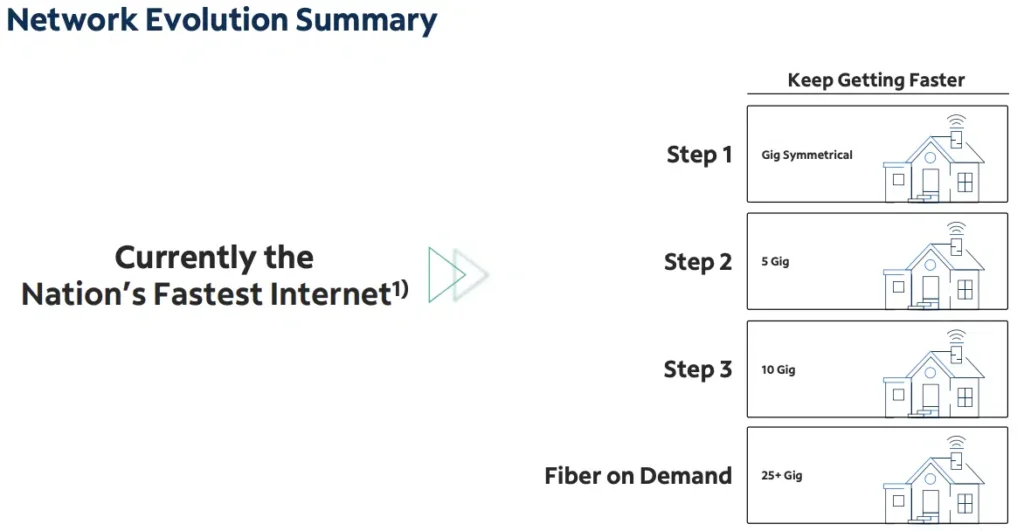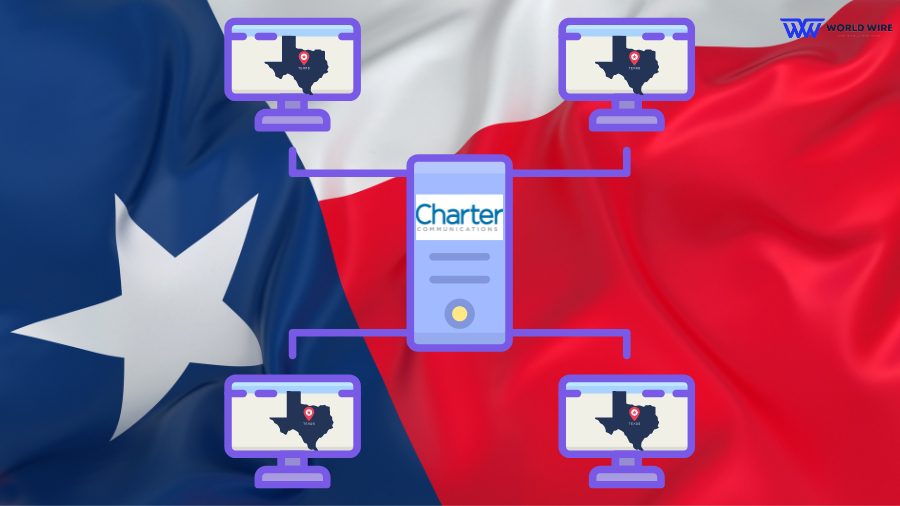Last week, Charter announced investing $1.3 billion in rural Texas. The announcement was made during a Texas State Technical College event.
Here you have the details of the news.
Charter’s $1.3B Texas Investment Will Use a Mix of Fiber, DOCSIS
In Harlingen, Governor Greg Abbott celebrated Charter Communications’ announcement that it would invest $1.3 billion to enhance and expand internet infrastructure and technologies throughout Texas.
This investment will finance the expansion of rural broadband service for underserved and unserved homes and small businesses in Texas and assist Charter Communications in providing symmetrical and multi-gigabit speeds throughout the state.
Governor Abbott declared, “Texas is poised to bring broadband to every corner of the state, but we can’t do that without our industry partners.”
Abbott added, “Today’s $1.3 billion investment in infrastructure and technology from Charter will help bring broadband access to more Texans. With this new investment, Texans who live across the big and beautiful reaches of our great state will have the same internet access that those in big cities do.”
“That is a critical tool to keep our economy booming, children learning, and families connected to the best healthcare facilities in the world. I thank Charter for investing in the future of Texas and for all the work they do right here in the Rio Grande Valley.”
The money Charter invests, $700 million, will go into network upgrades, for which Charter will bear all expenses.
A portion of the $620 million total cost of fiber deployments will be covered by the remaining $420 million investment from Charter, with the remaining $200 million covered, in large part, by funding that was part of over $1 billion that the company won in the RDOF rural broadband funding program in 2020.
Charter has allocated $700 million towards its existing network as part of its network evolution plans, which entails upgrading the company’s entire DOCSIS/hybrid fibre coax footprint by 2025 to facilitate multi-gigabit and symmetrical speeds.
Last year, Charter revealed its ambitions for network evolution in three phases.

To increase upstream speeds—a concern for cablecos as telcos roll out fiber broadband—the company undertook Phase 1 of the project this year, which involves switching to a high-split approach, which dedicates more spectrum within the coax portion of the HFC network to the upstream path. The business intends to provide 2 Gbps downstream and 1 Gbps upstream speeds with that infrastructure.
The second phase, scheduled for the following year, will entail the deployment of a distributed access architecture (DAA), DOCSIS 4.0, and high splits that support 5/1 Gbps speed.
The same upgrades as for the second phase are part of the third phase, which is scheduled for 2025. It also includes increasing the spectrum within the coax portion of the link to 1.8 GHz. Over the network, the business intends to provide 10/1 Gbps service.
The business did not specify which phase or phases of the network evolution plans the Texas upgrades will fall under.
Due to Charter’s ability to quickly connect a fiber drop from the DAA neighborhood node to consumers who require fiber broadband, the company’s DAA deployment will also pave the way for fiber-on-demand.
In their announcement, Charter stated, “There are additional subsidies allocated for rural broadband expansion in Texas, and Charter looks forward to the opportunity for significant additional investment to bridge the digital divide in the Lone Star State.”
Though the program’s budget is limited to $120 million, the state received applications seeking $180 million.







Add Comment